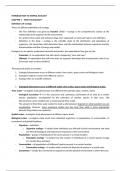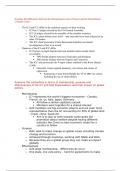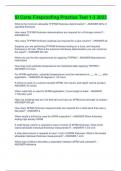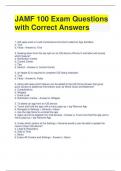Samenvatting
Summary Introduction to Animal Ecology
- Instelling
- Wageningen University (WUR)
This summary covers the theory from all the lectures of the course Introduction to Animal Ecology and the relevant chapters of the linked book as specified in the course guide.
[Meer zien]













